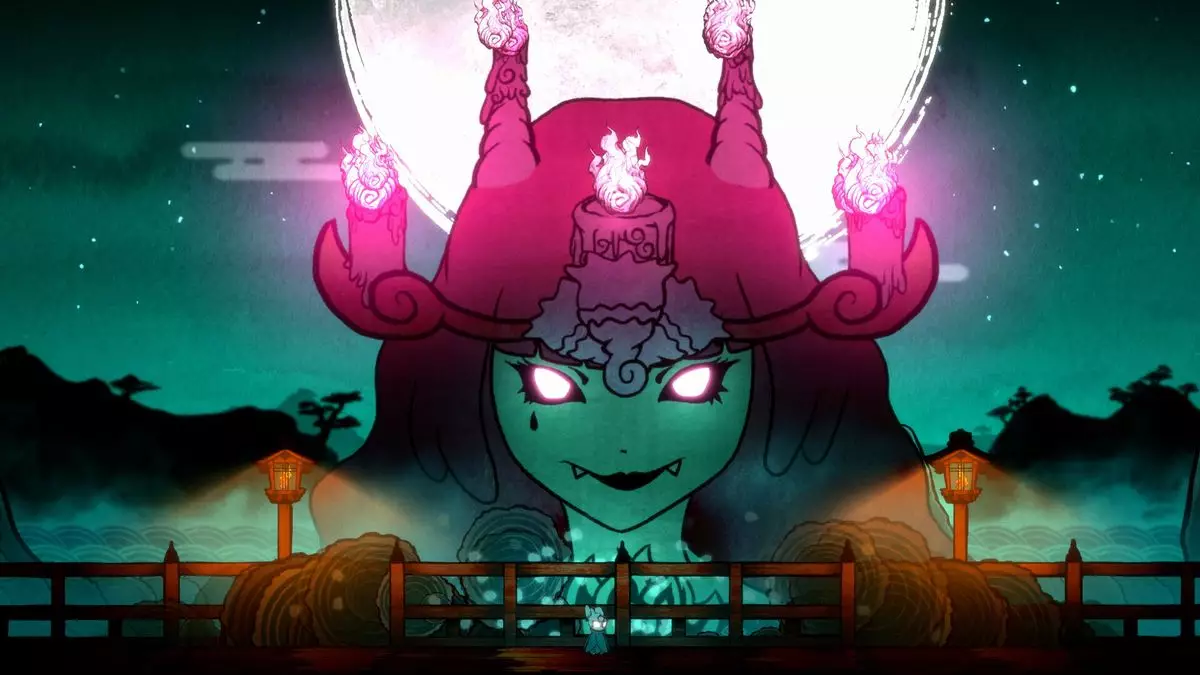Hollow Knight has emerged as a defining title within the Metroidvania genre, capturing players with its intricate mechanics, atmospheric world, and hauntingly beautiful art style. Upon release, it was hailed not just as another indie game, but as a groundbreaking work that pushed the boundaries of what players could expect from the genre. This acclaim is largely due to its ability to marry a whimsical art direction with a surprisingly deep and challenging gameplay experience, which can be both exhilarating and punishing.
However, the game’s daunting difficulty is something that sets it apart, drawing a stark divide between newcomers and seasoned players. Various accounts of frustration exist within the gaming community, such as that of Chris Stair, a design lead for an upcoming Metroidvania title, who openly shared his struggle with Hollow Knight. His initial experience, defined by an early defeat, led him to abandon the game altogether; a sentiment that many gamers can relate to. It’s telling of Hollow Knight’s capacity to intimidate even the most determined players, evoking a visceral response that can often lead to rage-quitting. Yet, what Stair discovered upon returning to the game was a profound appreciation for it—the realization that its world was not only beautiful but rich with hidden layers and complexities.
The Evolution of Player Engagement
Stair’s transformation from frustration to fanaticism illustrates a critical aspect of the gaming experience: the necessity of perseverance. After investing over 200 hours into Hollow Knight, he saw it not just as a game but as an intricate tapestry of lore and design, indicating that sometimes, the initial struggle is what forges a true connection with a game. This phenomenon is increasingly prominent in challenging games; they often require players to engage deeply with gameplay to fully appreciate what they have to offer.
The compelling engagement that Hollow Knight inspires is echoed in successful new titles like Bō: Path of the Teal Lotus. Although drawing inspiration from its predecessor, Bō establishes a unique identity that reflects not only Japanese mythology but also fresh gameplay dynamics. Its visual aesthetics and storytelling techniques differentiate it sufficiently from Hollow Knight, appealing to a wider audience while still holding true to essential Metroidvania principles.
A New Legacy in the Making
Critics, such as Ali Jones, have praised Bō: Path of the Teal Lotus as a valuable contribution to the Metroidvania genre, expertly carving a niche that honors existing classics while aptly innovating its own path. The juxtaposition of lore-rich environments with nuanced mechanics showcases how much the genre has evolved since the days of its early incarnations.
As players continue to explore the depths of the Metroidvania style, the lessons learned from games like Hollow Knight will inevitably influence future creations. This grants the genre a robust lineage, where difficulty serves not merely to frustrate, but as a gateway to profound experiences, echoing Stair’s sentiment that mastery of such a daunting game can lead to a rewarding journey of discovery. Therein lies the vital allure of the Metroidvania genre: an intricate dance between challenge and reward that keeps players returning, determined to explore every corner of a beautifully crafted world.

